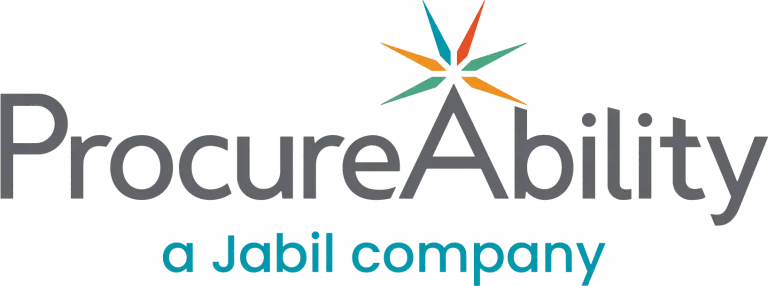Inflation may be easing in some areas, and cooling demand has reduced some pressure on supply chains. Yet, producer prices remain stubbornly high—up 7.4% annually according to the latest Labor Department data..1
For procurement organizations without a clear strategy, sustained inflation can be crippling. In our first installment of this two-part Insights series, we explored why information is power—and how understanding cost inputs across the business can enhance transparency and negotiating leverage.
Now, we turn to five tactical steps procurement leaders can take to offset price increases, improve flexibility, and strengthen long-term resilience.
-
Stagger supplier contracts
Diversification isn’t just for investment portfolios. By proactively managing contracts and employing strategic approaches, procurement can effectively spread out the risk of inflation biting all at the same time. This may involve staggering or differentiating supplier contracts across various durations, buying channels, pricing methods, and comparable market indices to limit exposure to sudden increases in commodity or labor costs.
-
Adopt periodic price adjustments
After establishing staggered supplier contracts to reduce short-term inflation risk, procurement can strengthen long-term stability by reviewing spend for exposure and adopting a regular price adjustment schedule. Setting a clear cadence for pricing updates helps both parties plan and budget more effectively. Transparency is key—agreeing on automatic pricing updates with predefined terms builds trust and ensures suppliers see the process as fair and consistent.
-
Incorporate indexes into pricing
In our first article, we discussed how cross-functional collaboration helps procurement understand how each cost component affects overall pricing. Incorporating indices into contracts builds on that insight, adding transparency and flexibility.
Deconstructed pricing reveals how suppliers set prices, while index-based adjustments allow both parties to share risk as markets fluctuate. Together, these practices create a strong foundation for protecting against inflation-driven cost swings. Over time, adding indices or similar stabilizing mechanisms to new and existing contracts helps guard against sudden, unexpected price changes.
-
Establish tolerance thresholds
In the short term, procurement teams can set a price risk tolerance level to monitor inflation exposure. A dedicated team or technology can track pricing trends and flag when thresholds are breached. With these alerts, procurement can proactively manage risk and renegotiate contracts to secure more favorable terms.
-
Evaluate opportunities to increase inventory
Typically, excess inventory can drain resources. However, during periods of high inflation, procurement teams may benefit from seizing short-term bargains to guard against future price spikes. Each organization should monitor demand and adjust inventory strategies based on changing price indicators. Those that can anticipate shifts and activate dynamic inventory levels are better positioned to minimize the impact of short-term price swings on their bottom line.
Getting aligned for better results
Taken together, these steps should empower procurement organizations to strengthen their inflation-protection defenses through price transparency and active risk management. The first ensures that all participants see the benefits of thinking more strategically along these lines, while the second empowers decision makers across the organizations to all pull in the same direction. That kind of alignment isn’t all that common, creating a point of competitive differentiation for those organizations that get this right.
Sources
1CNBC, December 9, 2022




